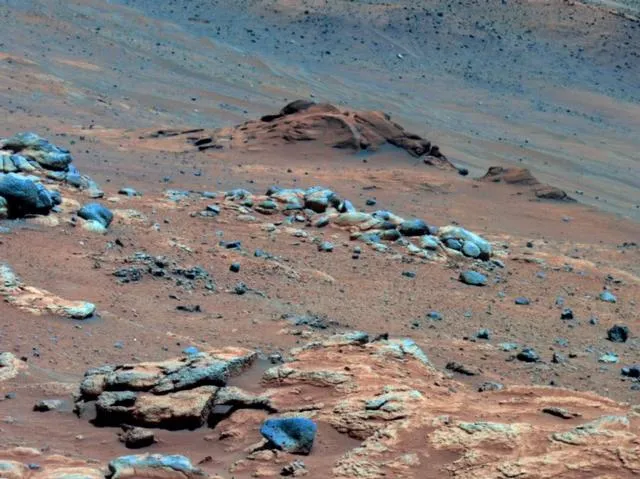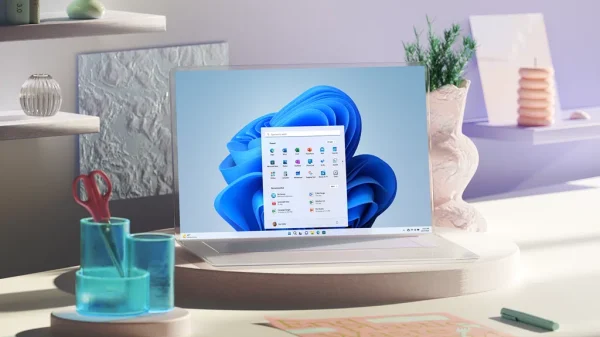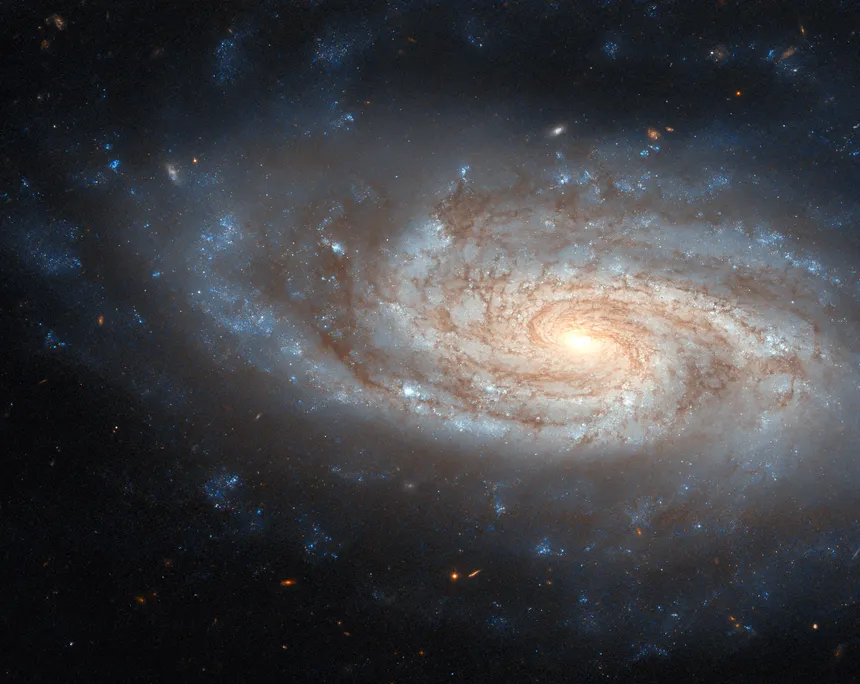The ability to capture images of Earth from another planet is a remarkable achievement that has been made possible by the ingenuity and technological advancements of NASA and its partners. This milestone dates back to March 8, 2004, when NASA’s Spirit rover became the first spacecraft to capture an image of Earth from the surface of another planet. This historic moment marked the beginning of a new era in space exploration, as it provided a new perspective on our home planet’s place in the solar system.
Spirit, which landed on the Martian surface in January 2004, was busy sending back images of its new surroundings, but it was not until the 63rd Martian day, or sol, of its mission that it managed to snap a breathtaking image of Earth. The image showed Earth as a bright star, resembling Venus to terrestrial observers. This remarkable achievement was considered a new perspective of our home planet’s place in our solar system, as described by NASA’s website.
It would take almost a decade for another NASA rover, Curiosity, to follow in Spirit’s footsteps and capture its own image of Earth. Curiosity’s image, taken in 2013, showed Earth and its moon from 99 million miles away. This image was particularly remarkable because it provided a new perspective on our home planet’s place in the solar system.
Spirit continued to explore the Martian surface for almost six years, with the last contact from the rover coming on March 22, 2010. Meanwhile, Curiosity continued its work in Gale Crater, sending back numerous images and making groundbreaking discoveries about the Martian geology and climate.

How NASA’s Rovers and Astronauts Captured Earth’s Place in the Cosmos
The success of NASA’s Mars rovers has paved the way for newer and more advanced rovers, such as Perseverance, which was launched in February 2021. Perseverance is currently exploring Jezero Crater and sending back stunning images of the Martian surface. These images have provided a new level of detail and resolution, allowing scientists to study the Martian geology and search for signs of past or present life.
Astronauts have also been capturing iconic images of Earth from space, including the famous image taken by retired astronaut Bill Anders during the Apollo 8 lunar mission in December 1968. This image is now considered one of the most famous images of the Earth. More recently, astronauts aboard the International Space Station have been taking stunning images of our planet from 250 miles up.
These images of Earth from another planet have not only provided a new perspective on our home planet but have also raised important questions about our place in the universe and our role in taking care of the planet. They have also inspired new generations of scientists and engineers to explore the universe and push the boundaries of what is possible.
In the end, the capture of images of Earth from another planet is a remarkable achievement that has provided a new perspective on our home planet and its place in the universe. These images have been taken by NASA’s Mars rovers and astronauts in space, and they have inspired generations of scientists and engineers to explore the universe and push the boundaries of what is possible.








































